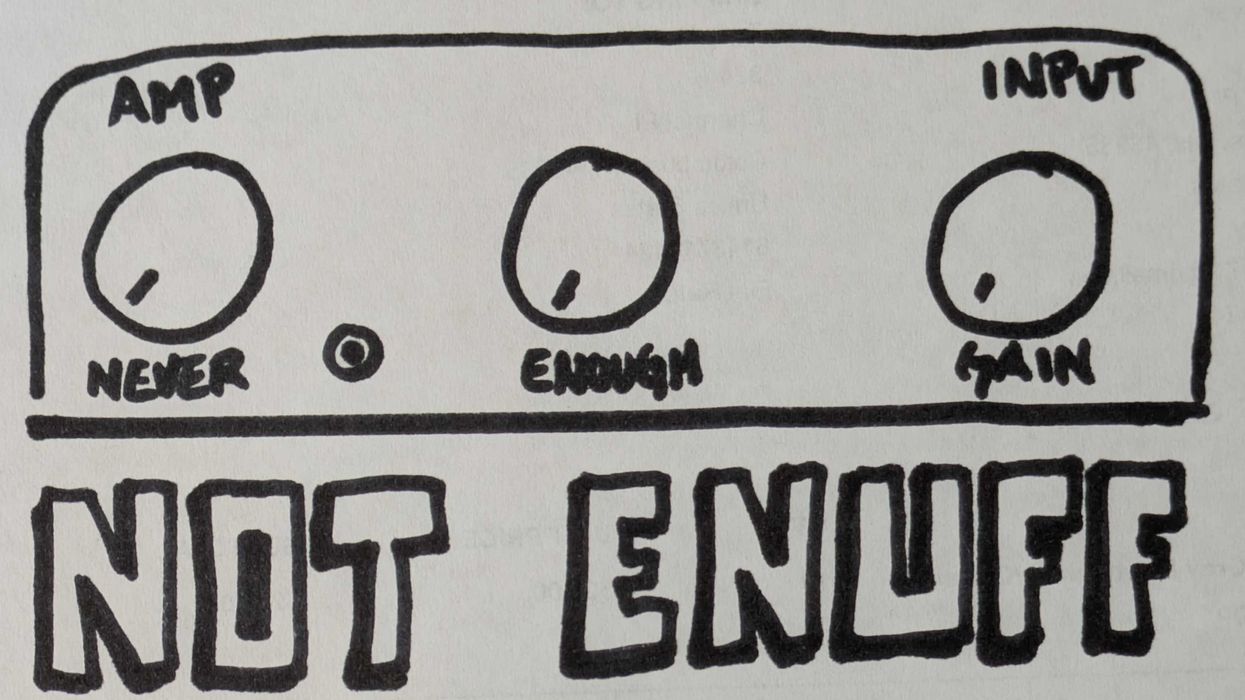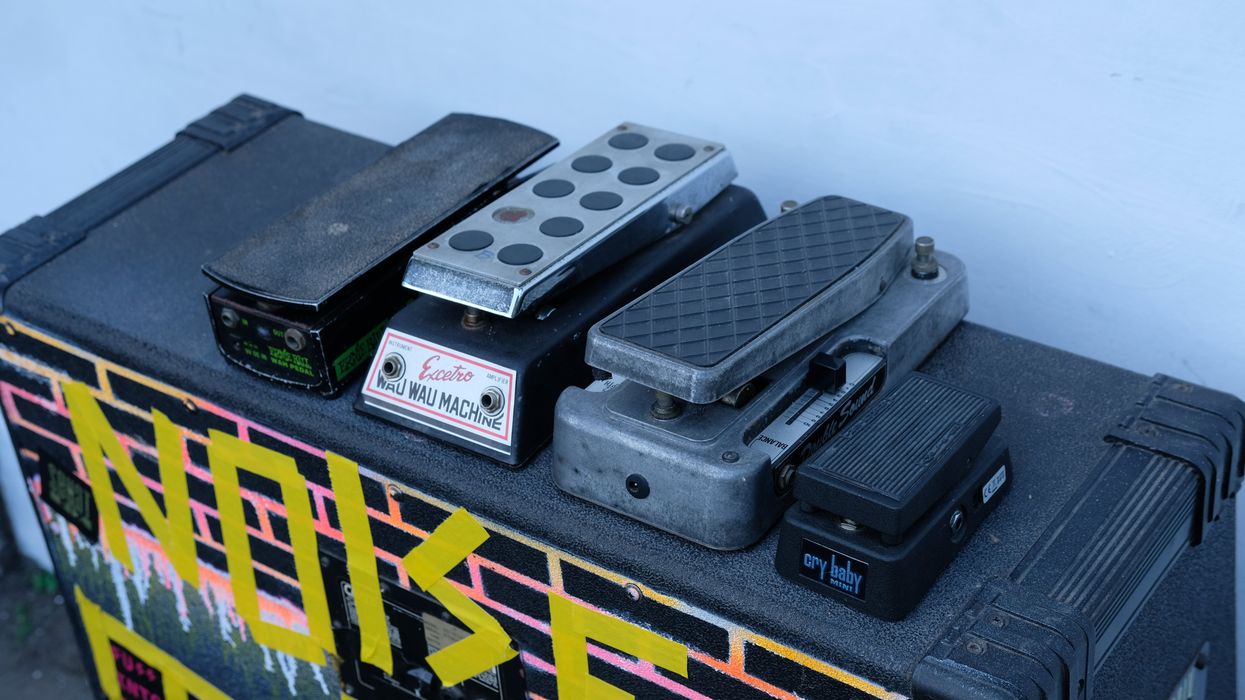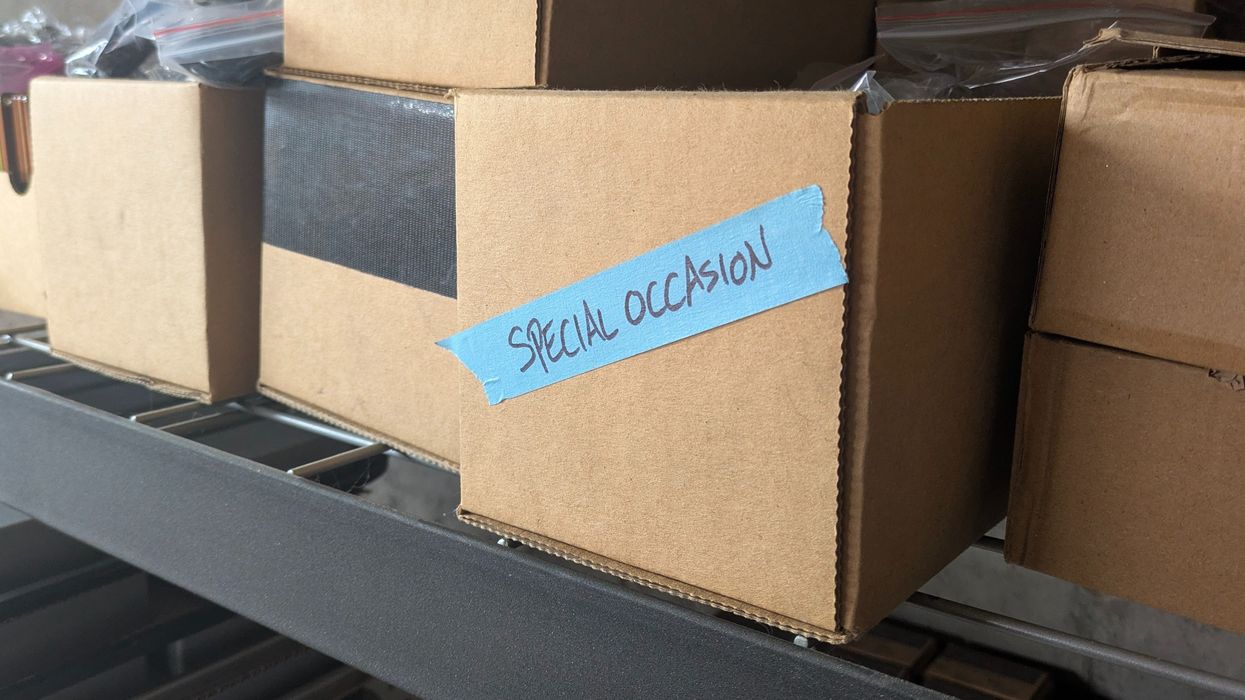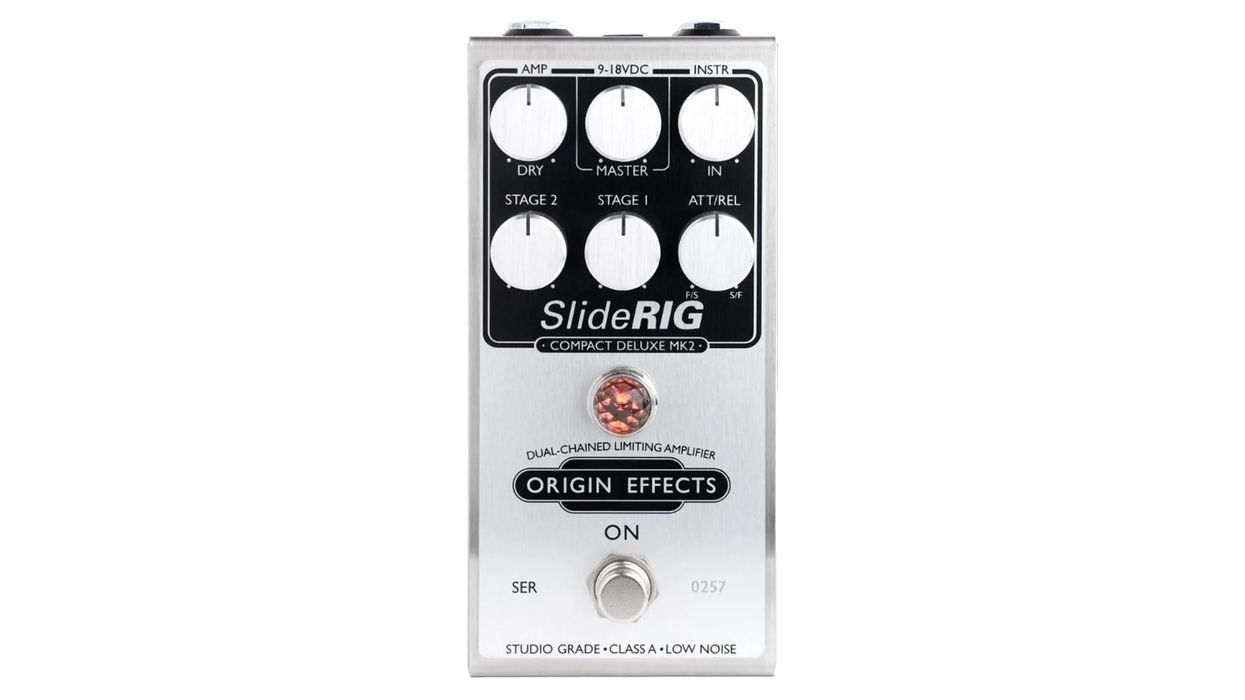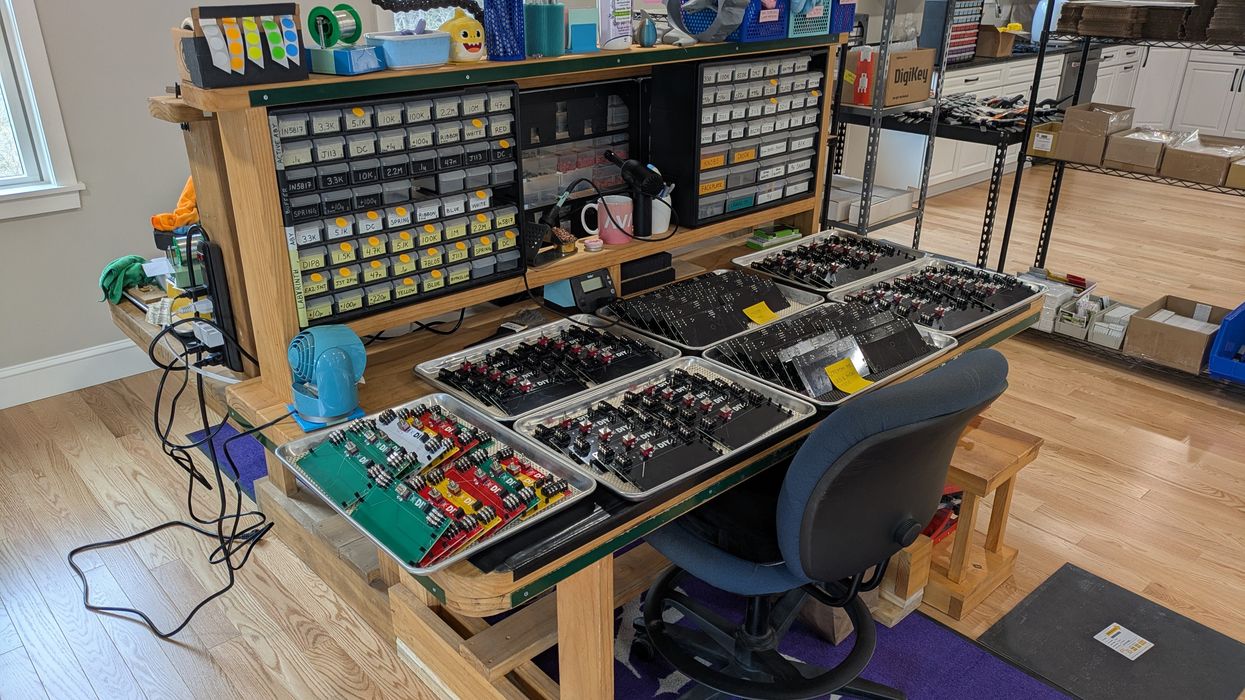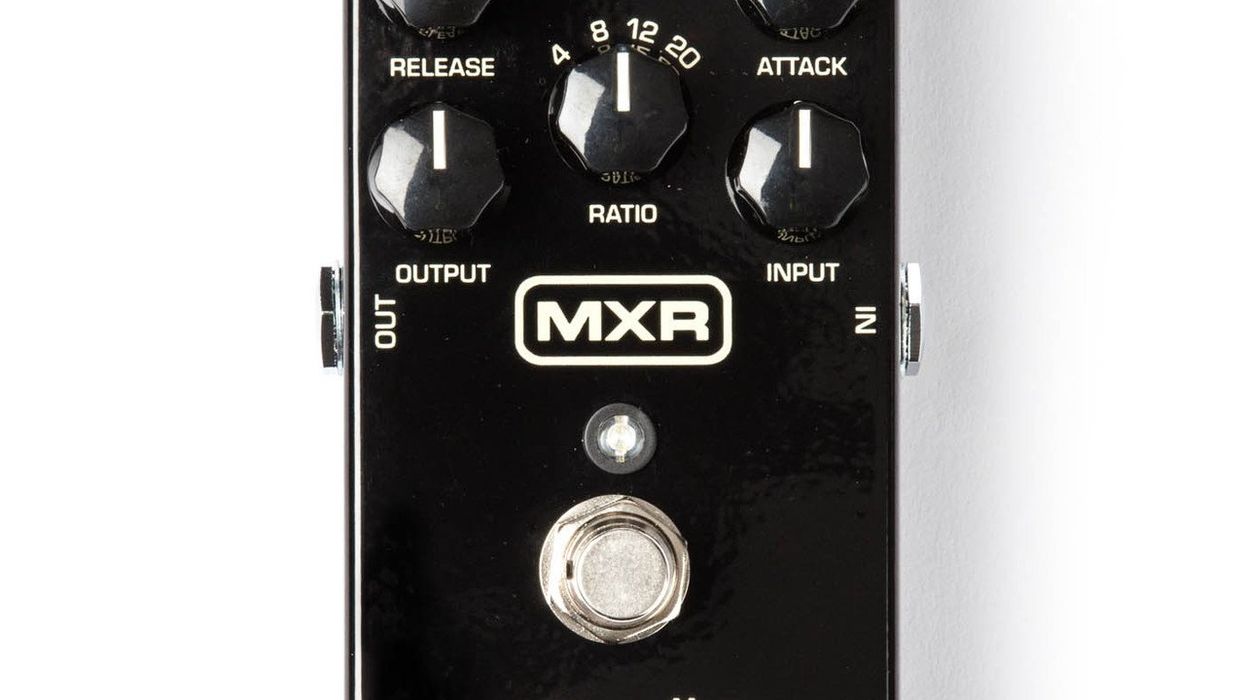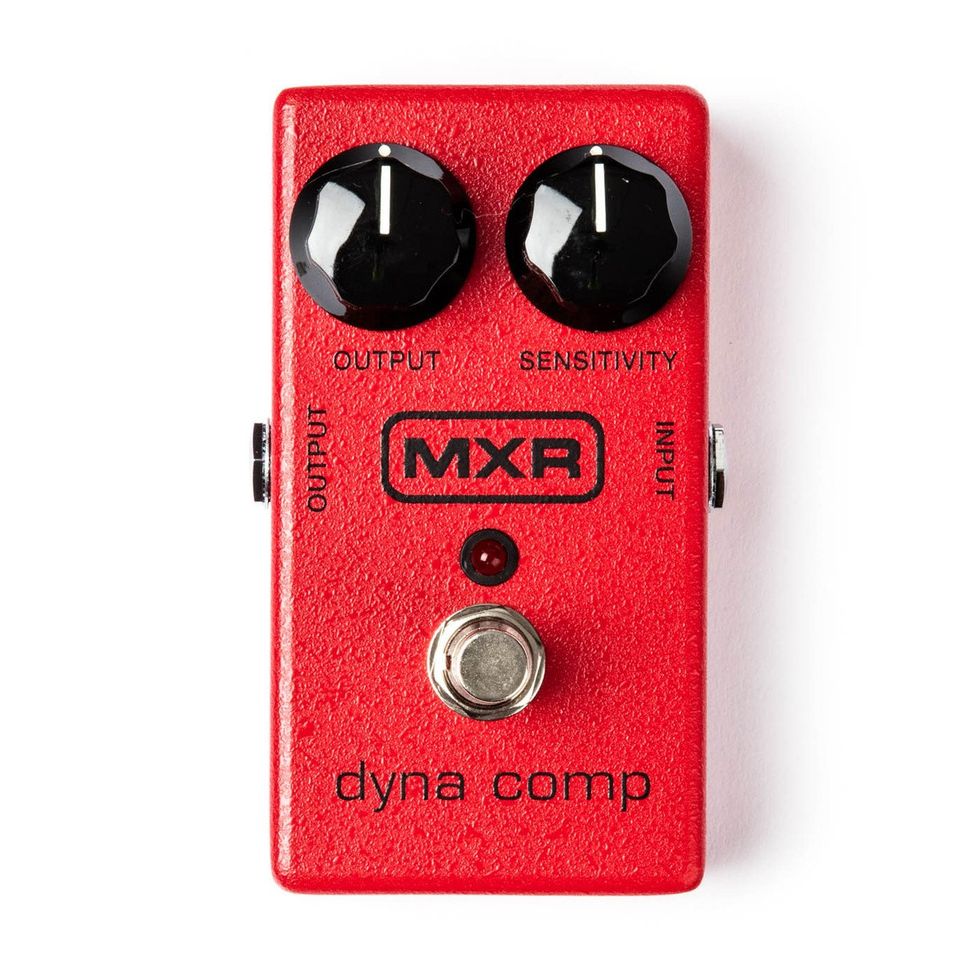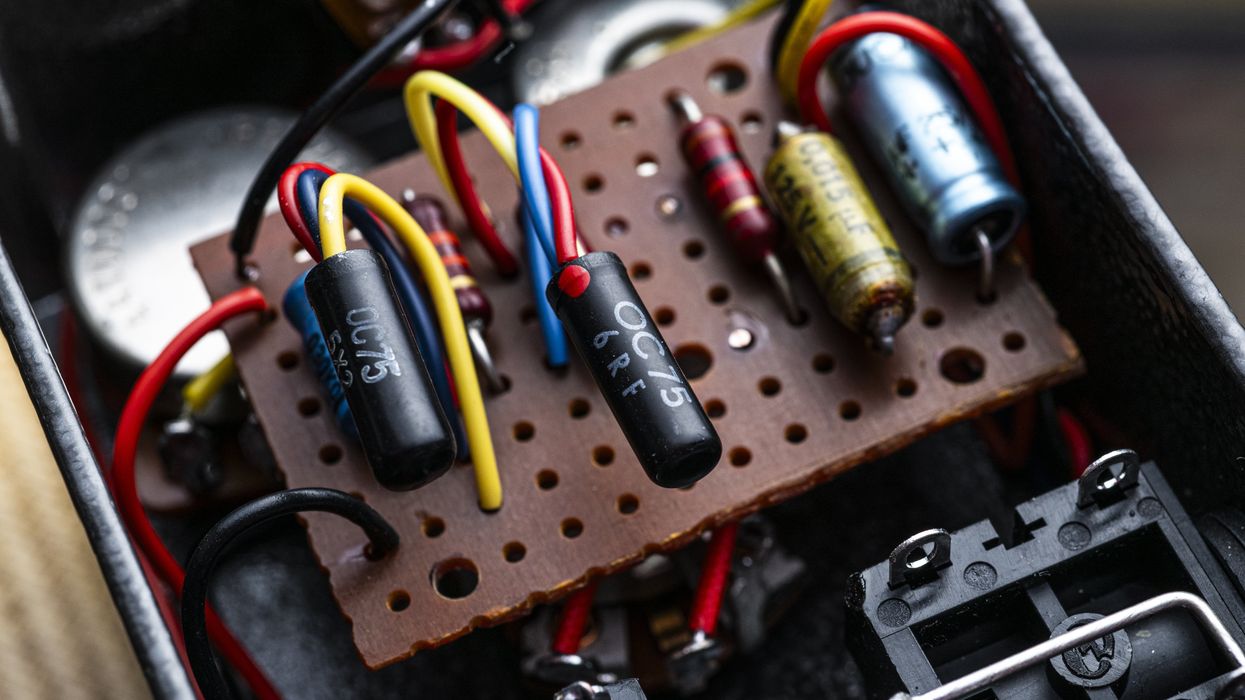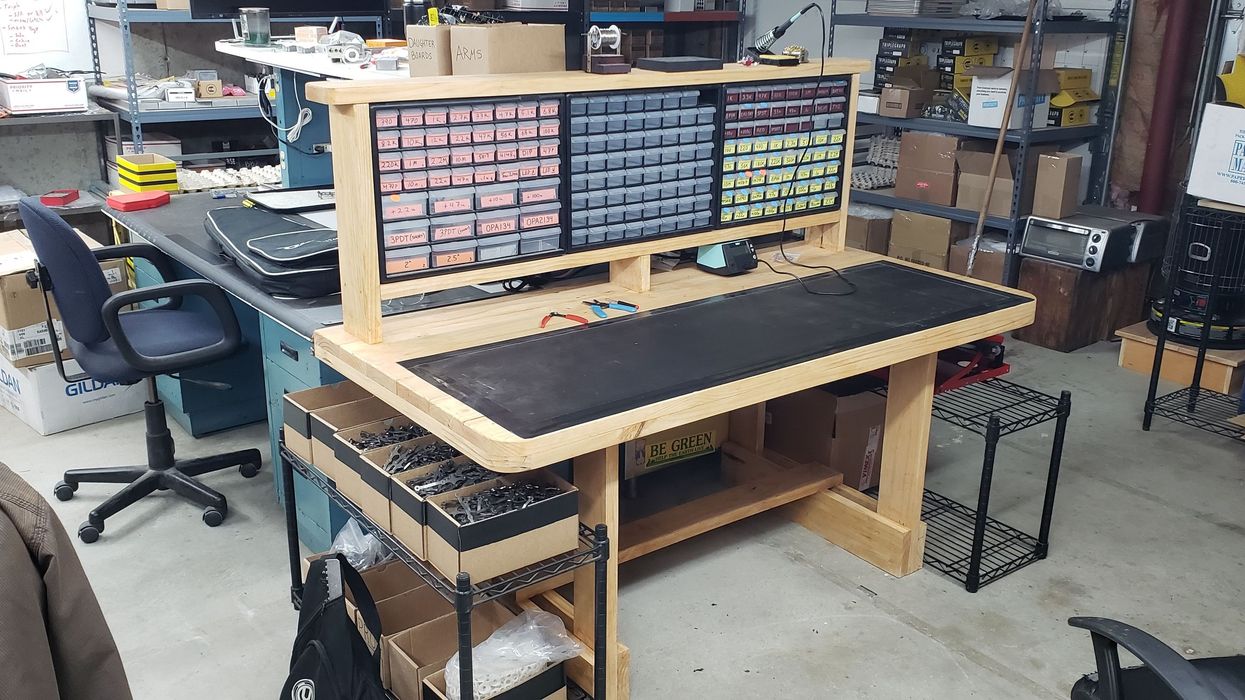“The NAMM Show is quickly approaching!”
That’s either a battle cry or a warning, depending on your perspective, heard biannually in the music industry. (At least in non-pandemic years.) The most universal analogy I use for NAMM is: “Think of it as Comic-Con for music gear.” For many of us in the instrument business, the trade show seems to be constantly looming. In addition to convention preparations always occupying the back of our minds, I feel it has also created pressure for companies to release products around its schedule, if not almost dictated it.
I have lived on both sides of the curtain. I used to be in the audience, wondering how I could gain access to the show as an exhibitor. I have also been backstage, directly involved with most of the aspects of presenting Coppersound’s pedals. So, I’ve got a perspective of NAMM from both viewpoints. And with the latest NAMM show just behind us, that perspective is the catalyst for this month’s column.
As an outsider looking in, a big attraction to attending the event is seeing what new products are going to be released by some of my favorite companies. That hunt rarely requires clues because exhibitors typically plaster their booths with media and signage that promotes their newest releases. For us manufacturers, that also raises a big question: “Should a company present at NAMM without a new release?” That query naturally does a cannonball into the pool of philosophy. But for the sake of this article, I would prefer to keep the focus more in the pool of psychology—most notably appearances and perception.
As an insider looking out, I have had many conversations in the past with industry colleagues about all aspects of attending NAMM. We often discuss booth layout, travel plans, shipment logistics, costs, and more. There is also a specific day that we all wait for: the day the show map is made public, and each exhibitor can see the upcoming floor plan. We can see who our booth neighbors are going to be and take stock of what other companies will be attending. And therein lies the root of the most speculation, along with possible concerns.
“What should drive new products is the excitement of innovation and not the notion of releasing something just to release something.”
The showroom floor is filled with many types of companies within the industry, big and small—from single-owner outfits with a small table-top booth to medium operations with five to 10 employees to large household names occupying a booth the size of a mall food court.
Everybody, regardless of size, attracts attention in one way or another. However, it is not uncommon to worry about a lack of attendance if we see large companies—who tend to attract lots of music-store order writers—not attending the event. That’s especially troublesome if there is a lack of big presenters within our own line of business.
If a large, established company does not attend the show, people will notice and ask themselves, “Do they know something we don’t?” If a small, younger company does not attend, it’s quite possible those who are used to seeing that company’s booth will ask, “Are they not around anymore?” Especially in our Covid-tinted world.
I also wonder if attending the NAMM show is the perceived benchmark of determining if one has “made it.” I often define success by the act of achieving a premeditated goal. For those that do not know, registration for NAMM is many months before the show dates. If you are a company that has presented at these shows in the past, you will most likely not want to attend again without a new product. After all, new products are the big attraction. This brings us back to the release schedule for new products. NAMM is traditionally held twice a year: during winter in Anaheim and summer in Nashville. These shows are about six months apart. If a company decides to present at both shows, that entails a pretty intense product-release schedule—especially for small outfits. For larger companies, that’s typically not as difficult. But for even a medium-sized company looking to place and/or keep their flag in the ground, it can still be very tough.
I am a big proponent of the belief that deadlines create productivity. So, the NAMM release schedule may actually be a good thing for companies like ours. However, I feel that what should drive new products is the excitement of innovation and not the notion of releasing something just to release something.
So, while I deliberate our future NAMM events, here’s another thing that’s under my skin: Does anyone else find that the word biannually meaning both twice a year and once every two years is confusing?




